History of Nobel Prize
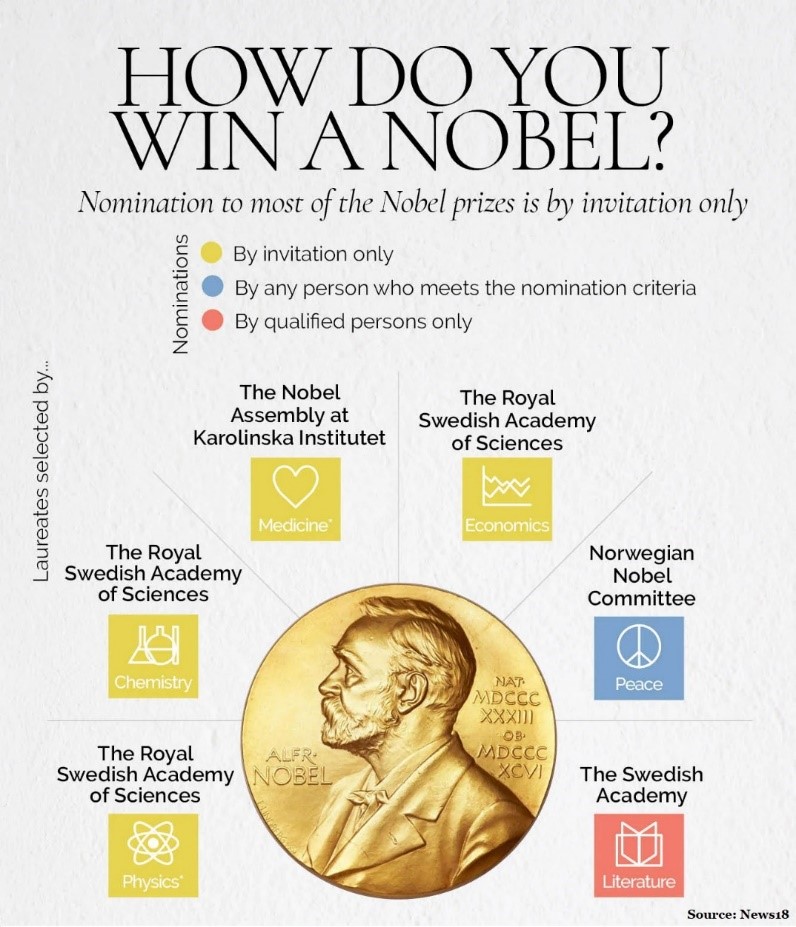
The Nobel Prize in Physics 2022 was awarded to Alain Aspect, John F Clauser and Anton Zeilinger for their work in quantum entanglement.
Quantum mechanics is the physics of the sub atomic particles.
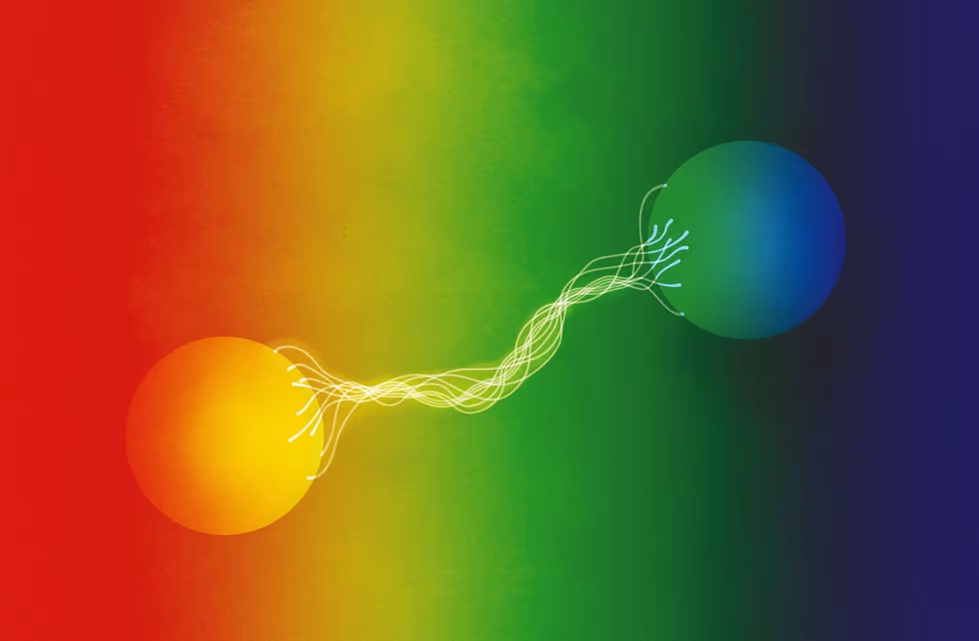
The Nobel Prize in Chemistry 2022 was awarded to Carolyn R. Bertozzi, Morten Meldal, K. Barry Sharpless for the development of click chemistry and bioorthogonal chemistry.
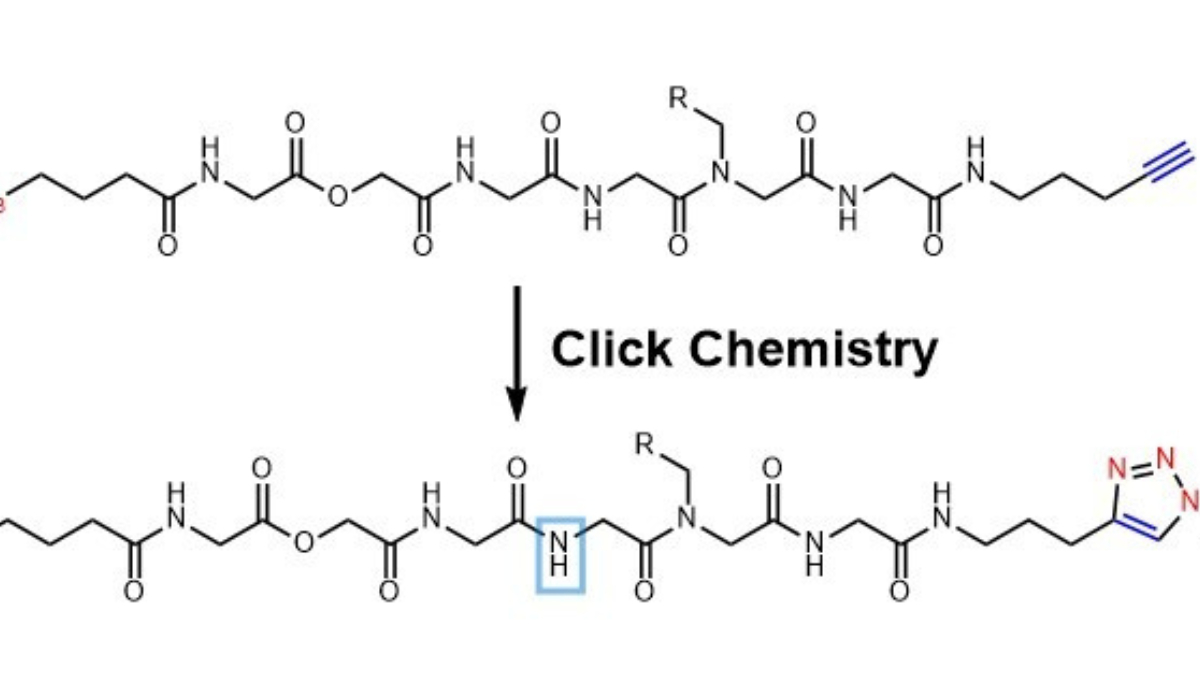
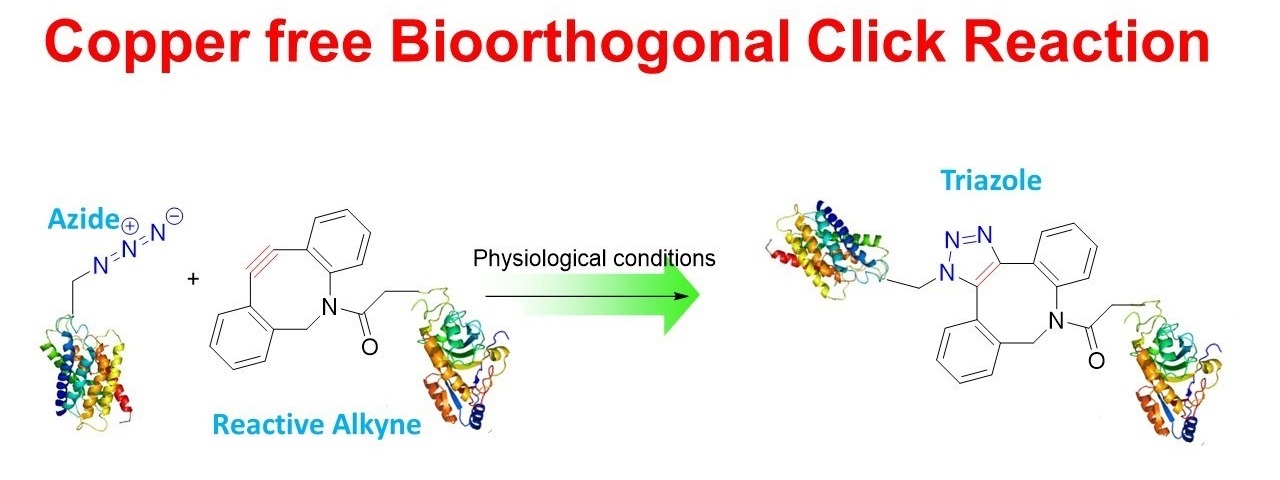
The Nobel Prize for Physiology or Medicine 2022 has been awarded to Swedish geneticist for his research in the field of genomes of extinct hominins and human evolution.
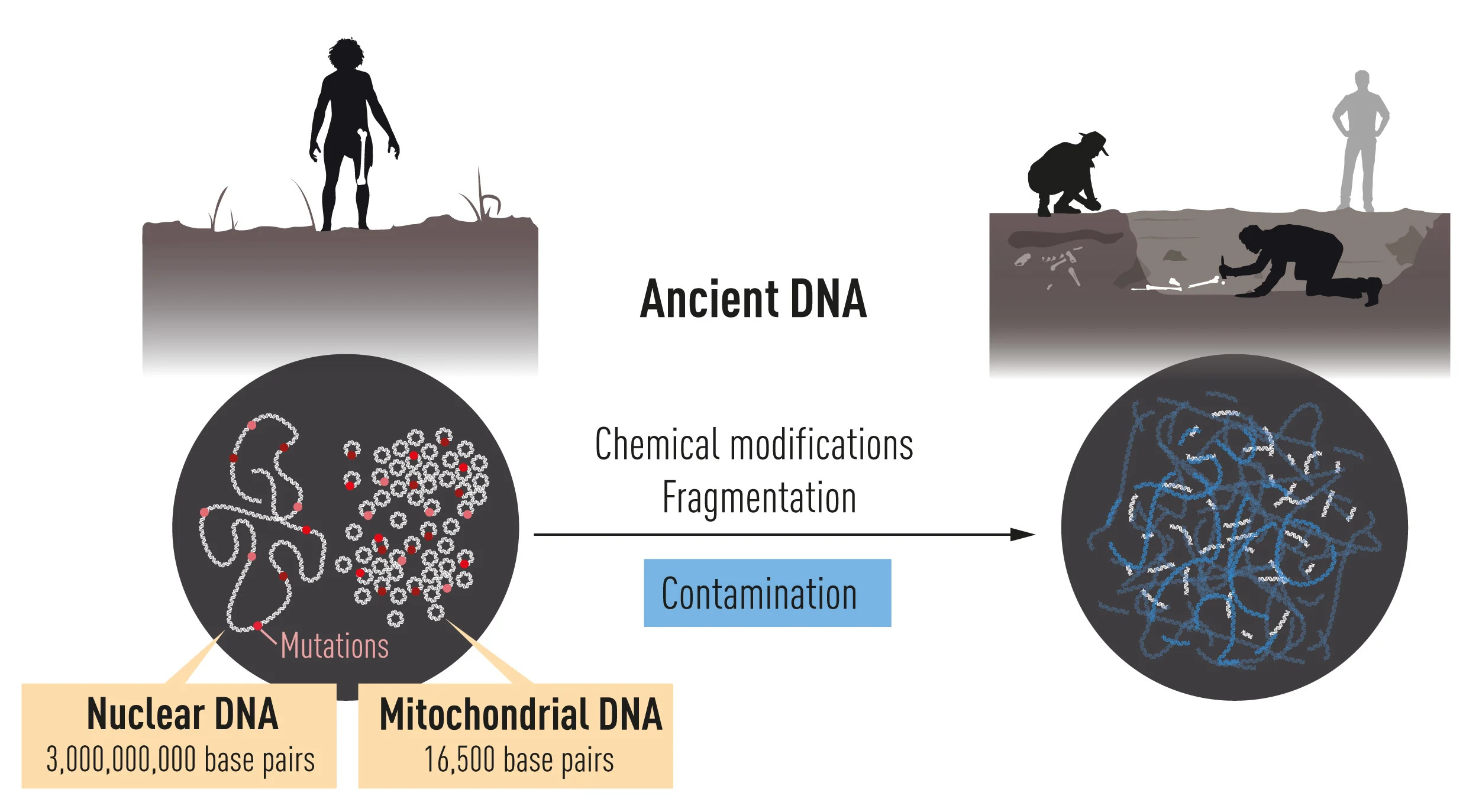
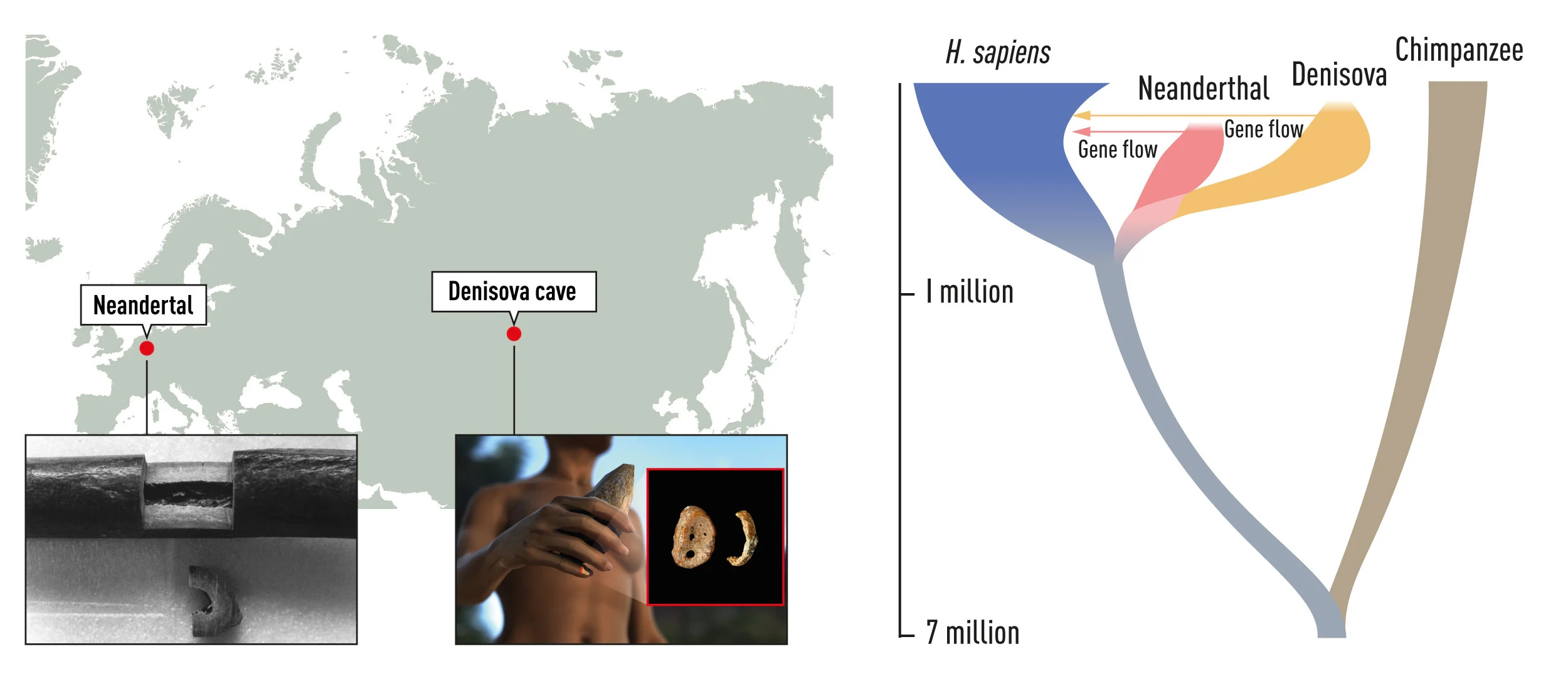
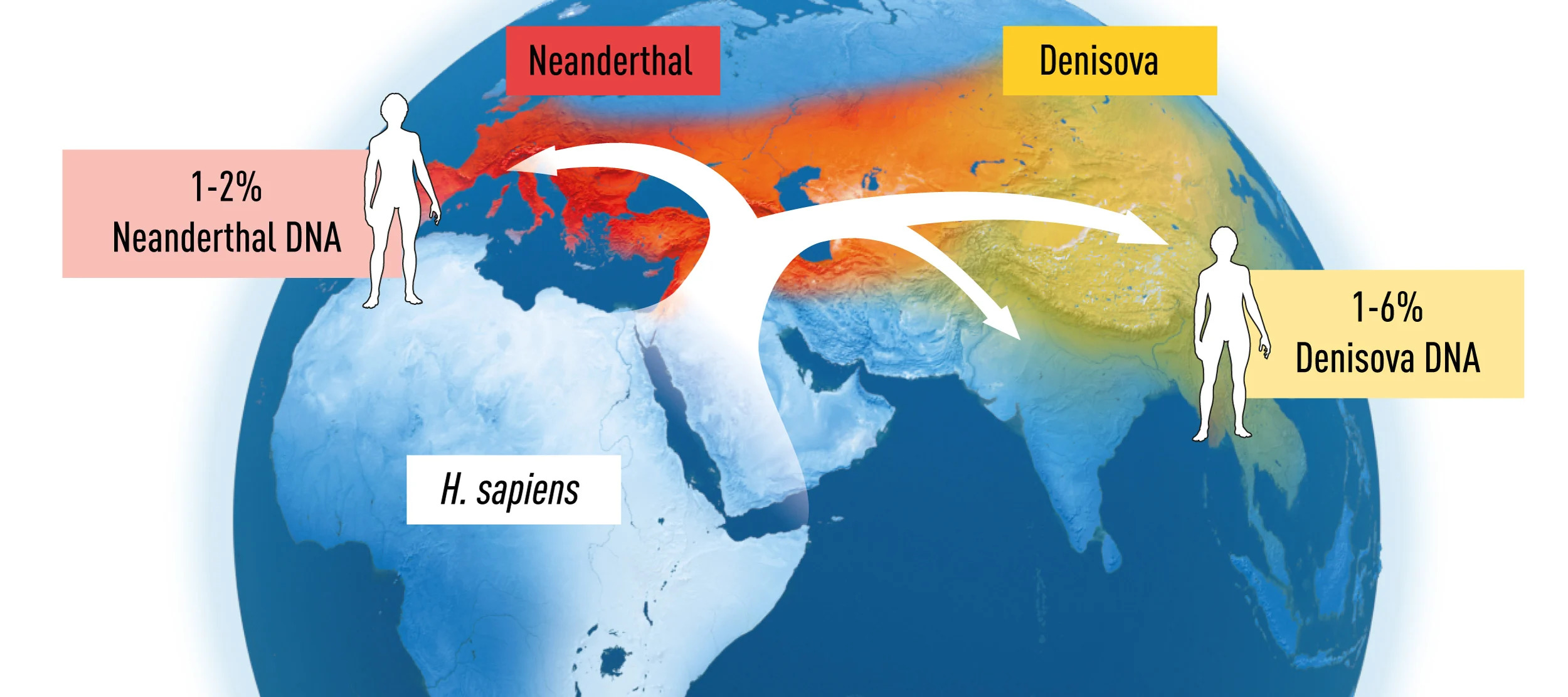
The Nobel Prize for Literature 2022 has gone to French author Annie Ernaux for the courage and clinical acuity with which she uncovers the roots, estrangements and collective restraints of personal memory.
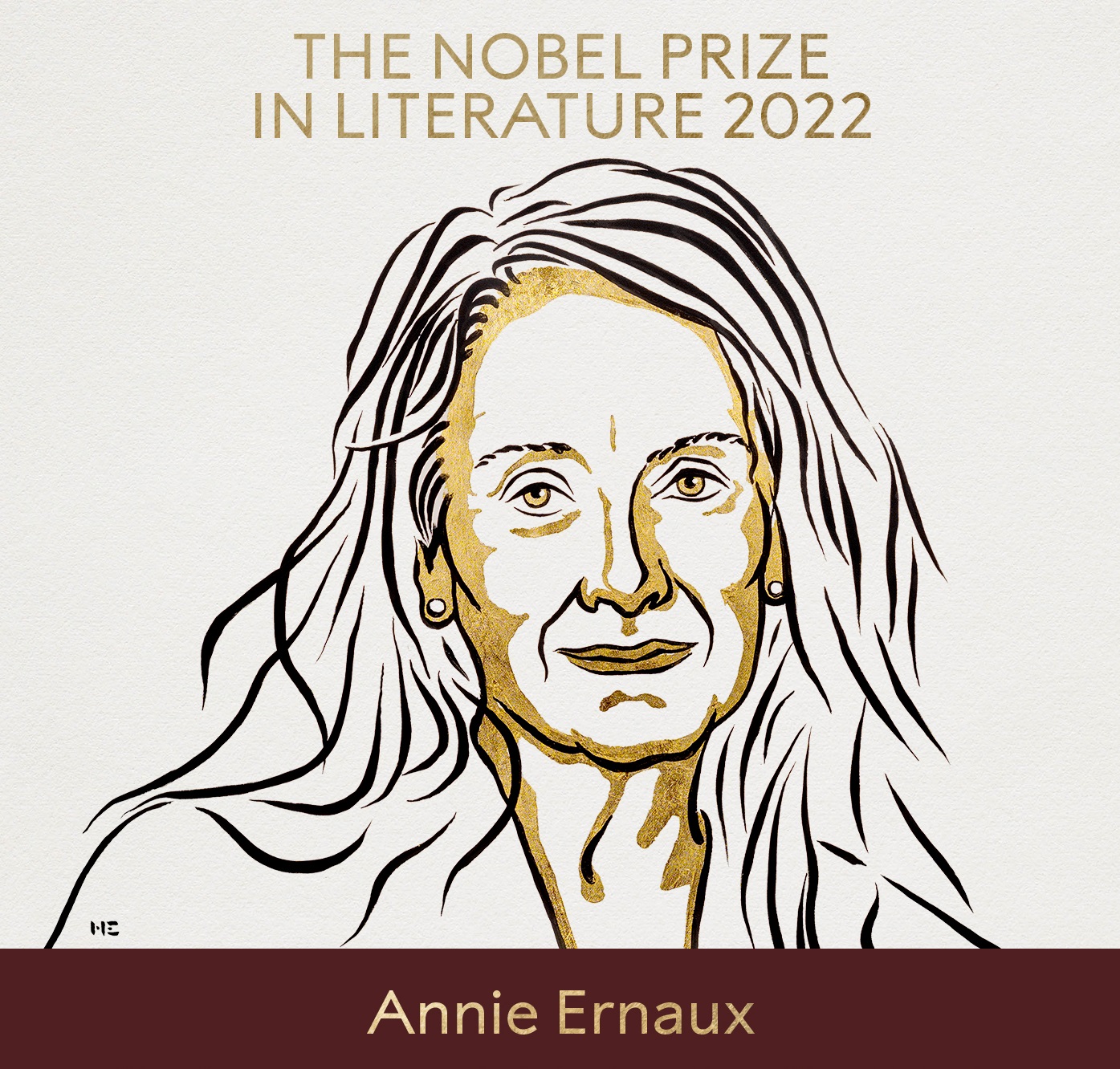
The Nobel Peace Prize for 2022 has been awarded to one individual and two organisations.
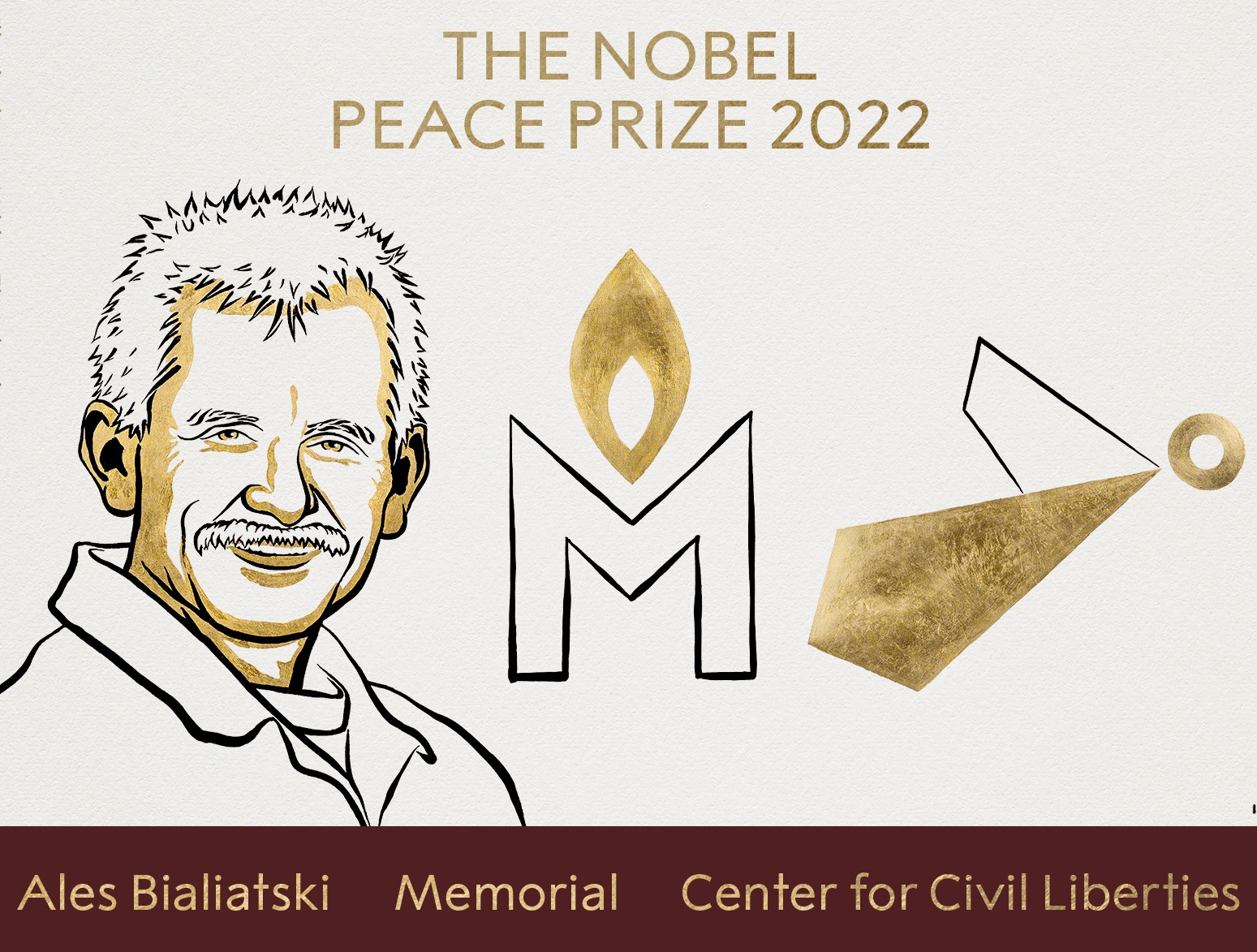
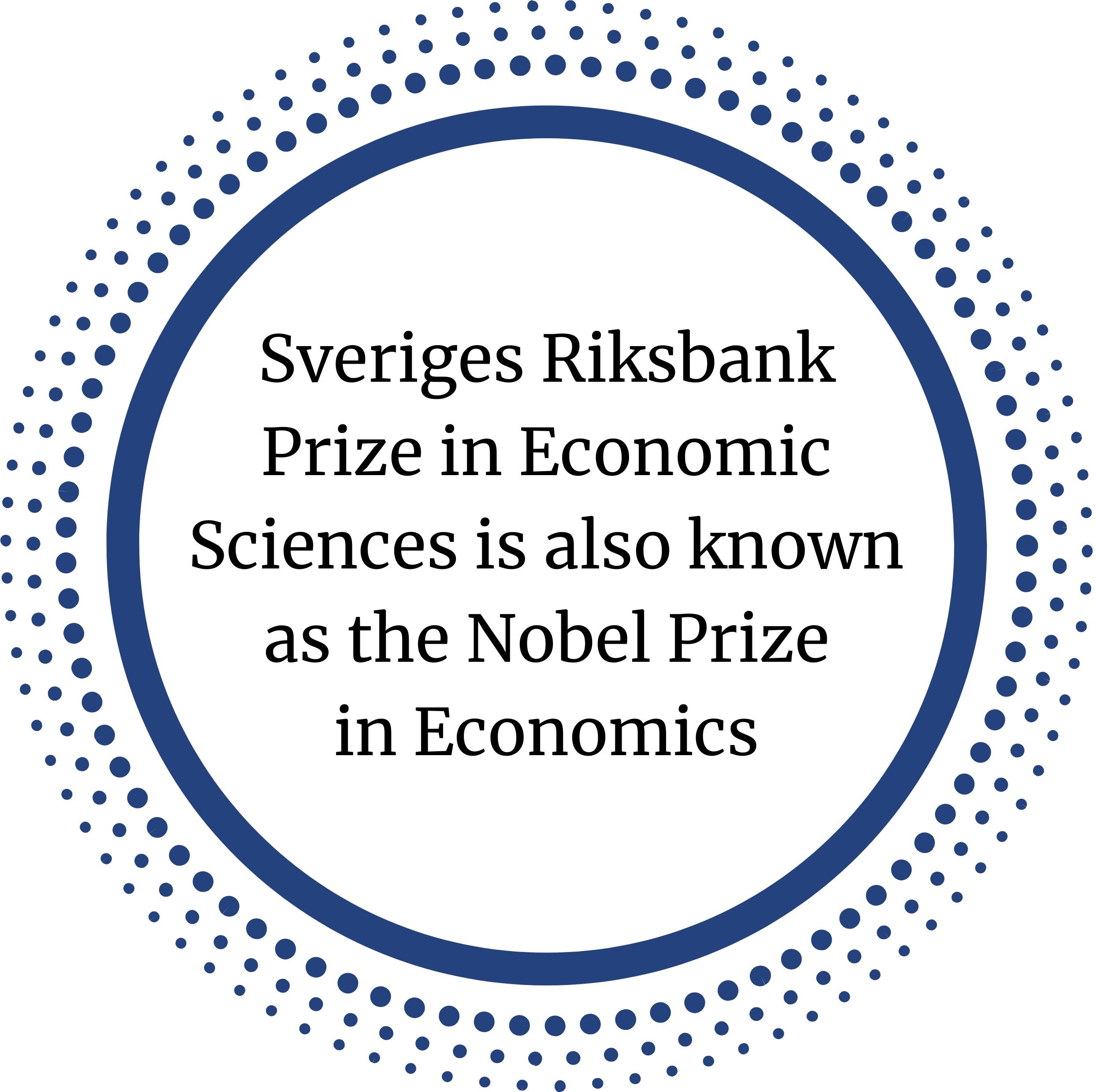
The Royal Swedish Academy of Sciences has decided to award the Sveriges Riksbank Prize in Economic Sciences in Memory of Alfred Nobel 2022 to three people for their research on banks and financial crises.